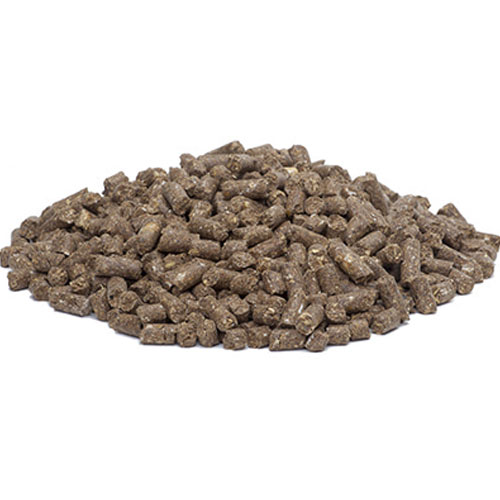Dairy Advice
Getting More Days in Milk
The lactation period of a dairy herd is a key driver for farm profitability. Accordingly, most farming systems aim to have cows in milk for 305 days, with 60 dry days to maintain optimum udder health and get the most out of your high genetic merit cows.
Our farming reality, however, is quite different. Current DairyNZ statistics point to a rather more modest national lactation average of 273 days – 32 days short of best practice. In other words, the average farm could achieve a worthwhile lift in productivity by extending the lactation period.
While the reasons for the statistical productivity shortfall vary from body condition score to pasture covers, the path towards improvement can be readily evaluated on a case-by-case basis.
“A dry cow typically consumes eight to ten kg dry matter (DM) every day to maintain her body condition score over the dry period,” says Science Extension Officer Natalie Hughes. “For Friesians on crop this can increase to about 15 kg, which clearly represents a substantial cost of grazing, without a corresponding income from milk.”
So what’s involved in extending the lactation period and generating an income to offset the costs of dry cows?
“All things being equal, it’s about quantity as well as quality of diet,” says Natalie. In terms of quantity, she suggests a rule of thumb being four to five kg of DM per day. “This, in addition to the daily intake of a dry cow, is generally adequate to keep a cow in milk for longer.”
In terms of quality, it hardly needs emphasising that DM isn’t created equal. Even pasture – the easiest and cheapest form of DM – can vary tremendously. While the boost in moisture levels throughout autumn traditionally brings improved pasture covers, it’s unwise to assume it as being self-evident.
“Best farm practice is to get your pasture tested,” is Natalie’s advice. There really is no substitute for proper herbage tests. They are easily carried out and will tell you exactly what nutrients your pasture is delivering to your cows. “This is the basis for formulating a balanced diet, at any time of the year.”
Pasture that is high in fibre, for instance, takes up more space in the rumen – suboptimal for a pregnant cow whose stomach capacity is severely reduced in the final two months of gestation. But when you know this, you can easily respond with energy-dense feed. It takes up much less room, and supplies the cow with the nutrients she needs at a time when the foetus completes the majority of its development.
When buying in feed, it’s important to focus on what nutrients it supplies. Food for thought?


